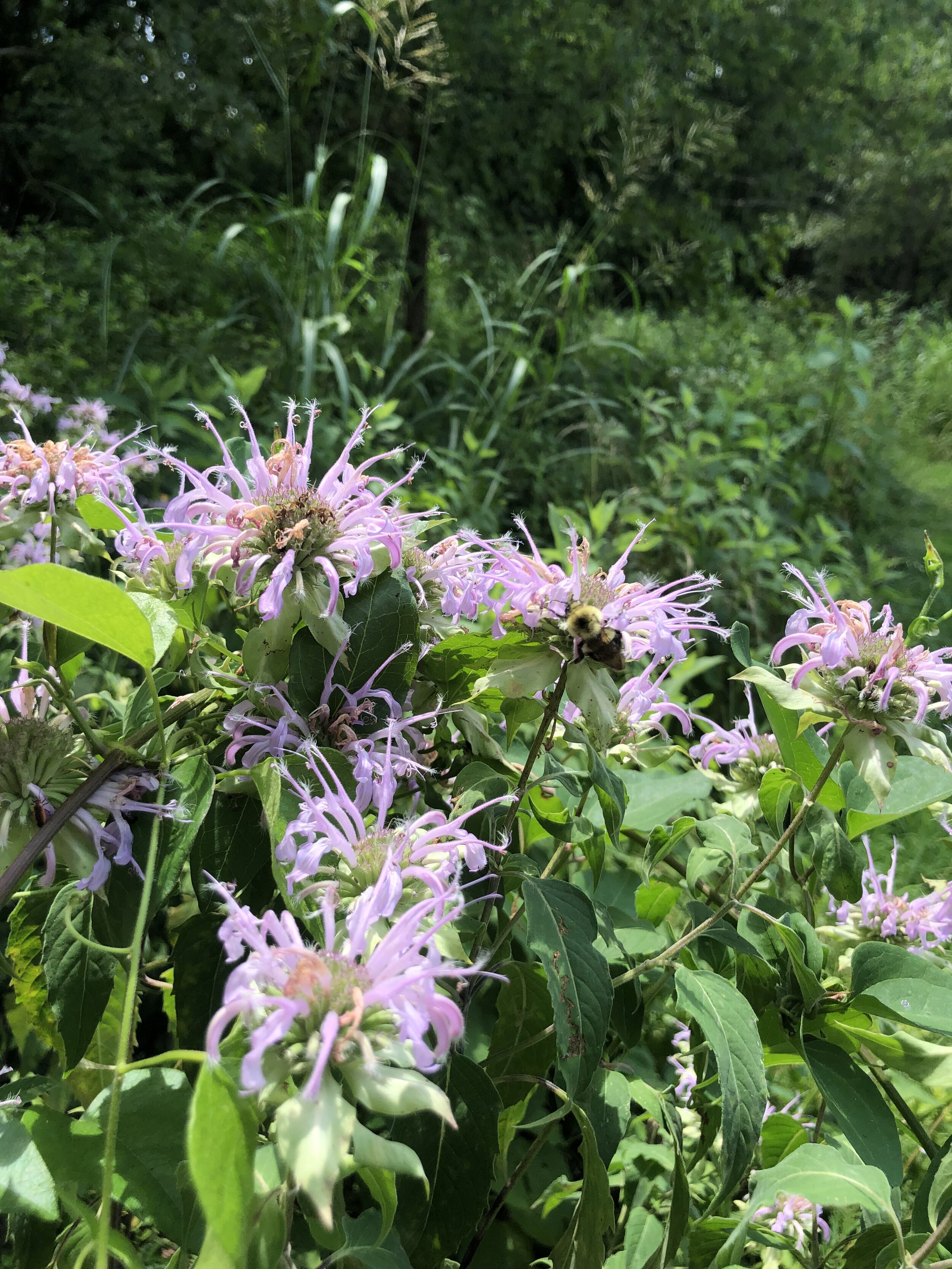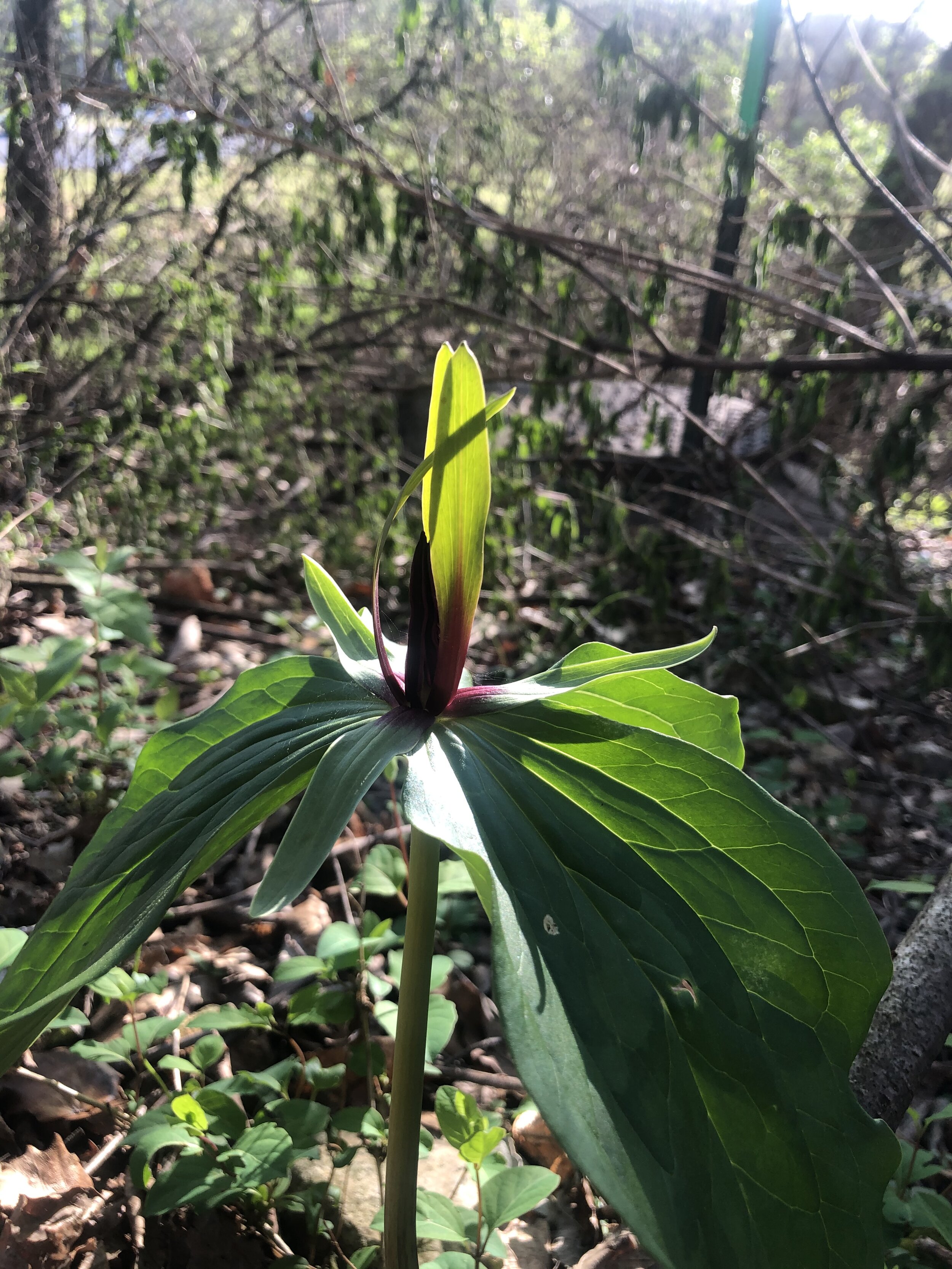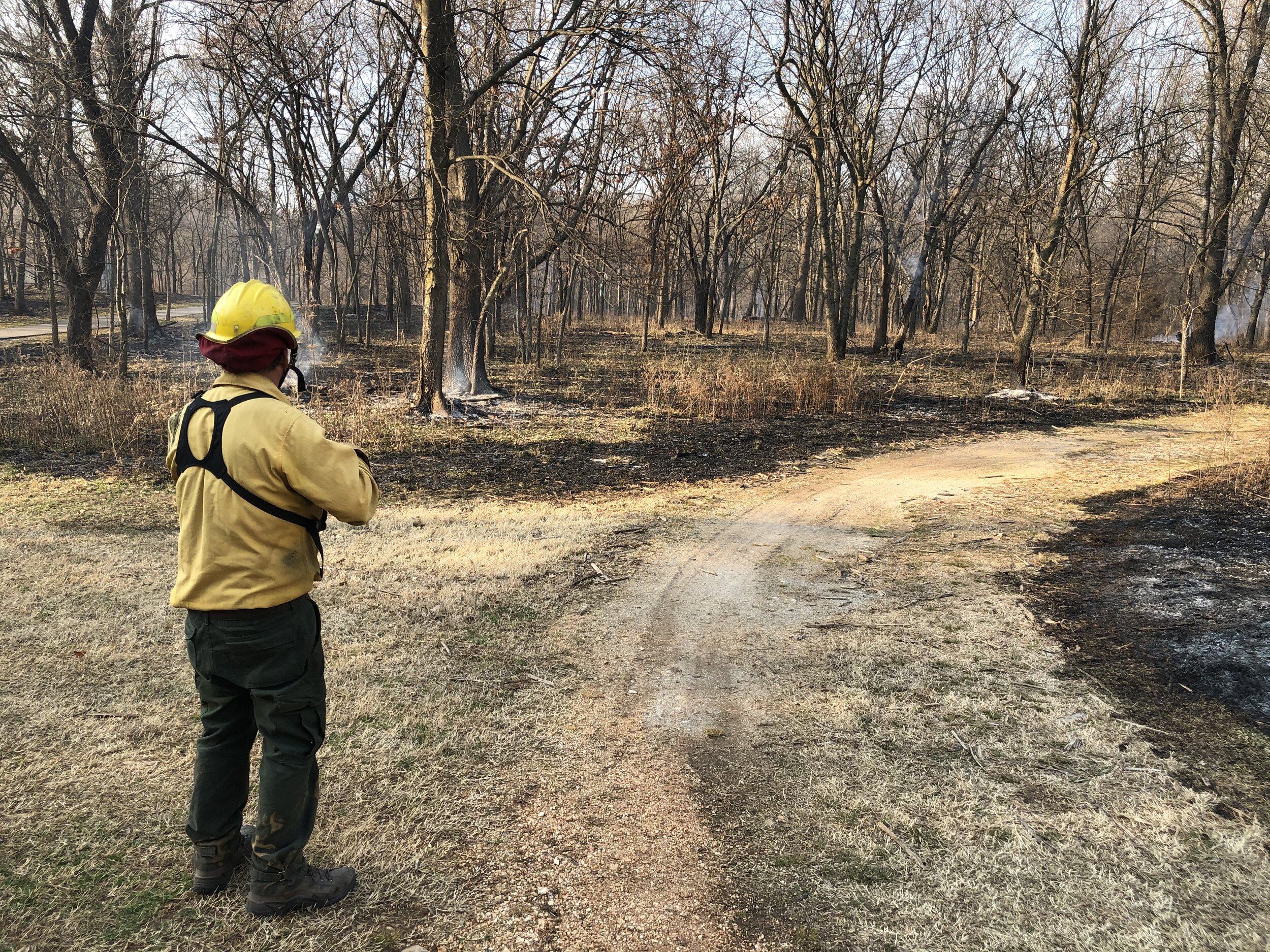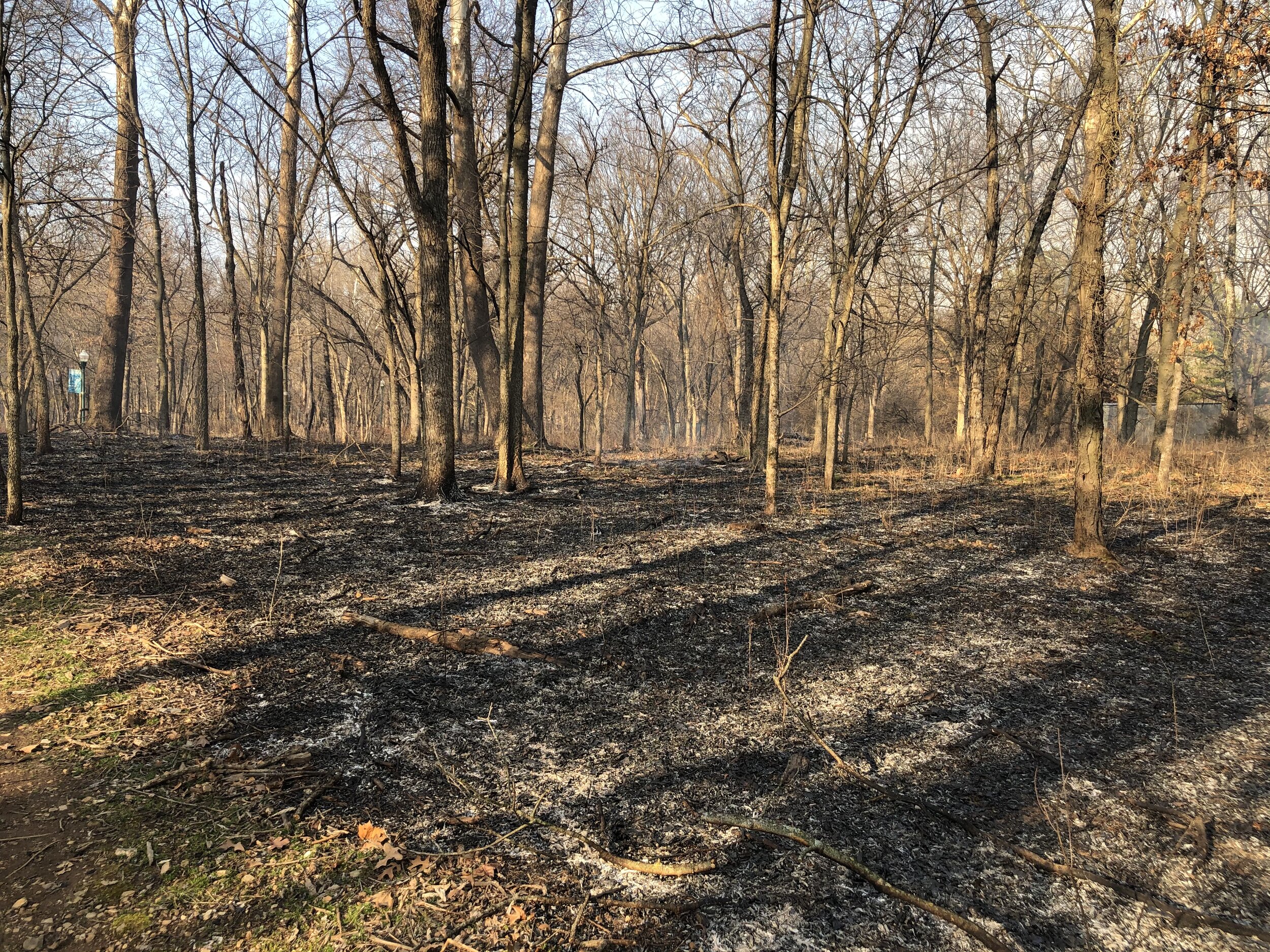John Brown University’s Remnant Prairie Protects and Preserves
Prior to European settlement, much of Benton County was covered by a vast network of prairies. Over the past two centuries, almost every acre of prairie has been leveled for cropland, pasture, or development. All that remains are tiny scattered fragments of these richly diverse, historic habitats. One of these rare remnants can be found on the far western edge of the campus of John Brown University. Theo Witsell, Chief of Research for Arkansas Natural Heritage Commission, visited the seven-acre prairie remnant in 2019, and described it this way:
“This site is one of only three upland prairies known to survive in Benton County. It may be the only one to occur on acidic, chert-derived soils, which would make it the rarest type known in Northwest Arkansas. This site supports at least two species of state conservation concern (as listed by the Arkansas Natural Heritage Commission): smooth rosinweed (Silphium intergrifolium var. laeve) and tufted-stem rush (Juncus brachyphyllus). It is the only site known in the Arkansas Ozarks for this rush and one of just three known in the state.”
The seven-acre remnant prairie is currently being preserved and restored by Ozark Ecological Restoration Inc as a part of a larger restoration project on the JBU campus funded by IRWP and US Fish and Wildlife Service.
Travis Chaney, IRWP’s Restoration Specialist
Arkansas Audubon will be harvesting seed from the native grass Big Bluestem on this site. That seed will be used on restoration projects throughout our corner of the state. These remnants are the only sources we have of regional ecotype seed, and if they disappear, so do thousands of years of genetic adaptation of the plants that once thrived in our local soils and climate.






